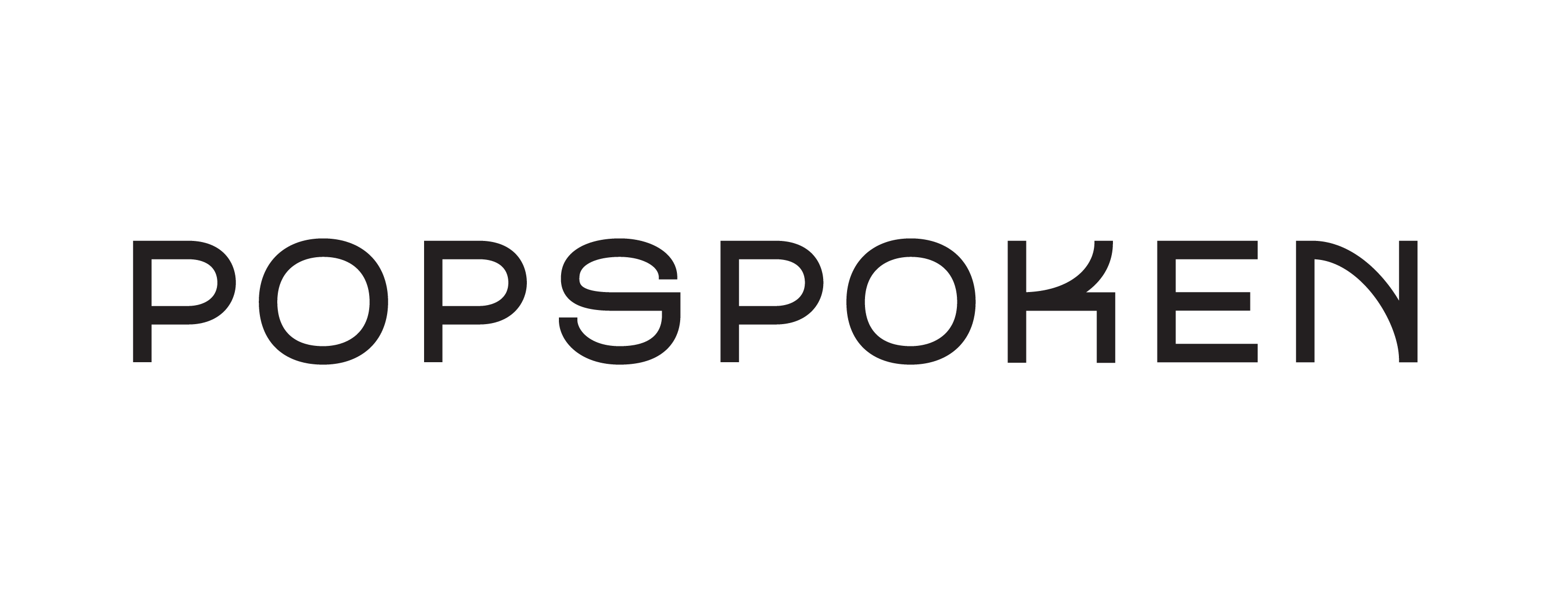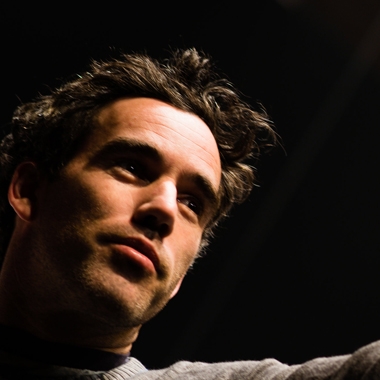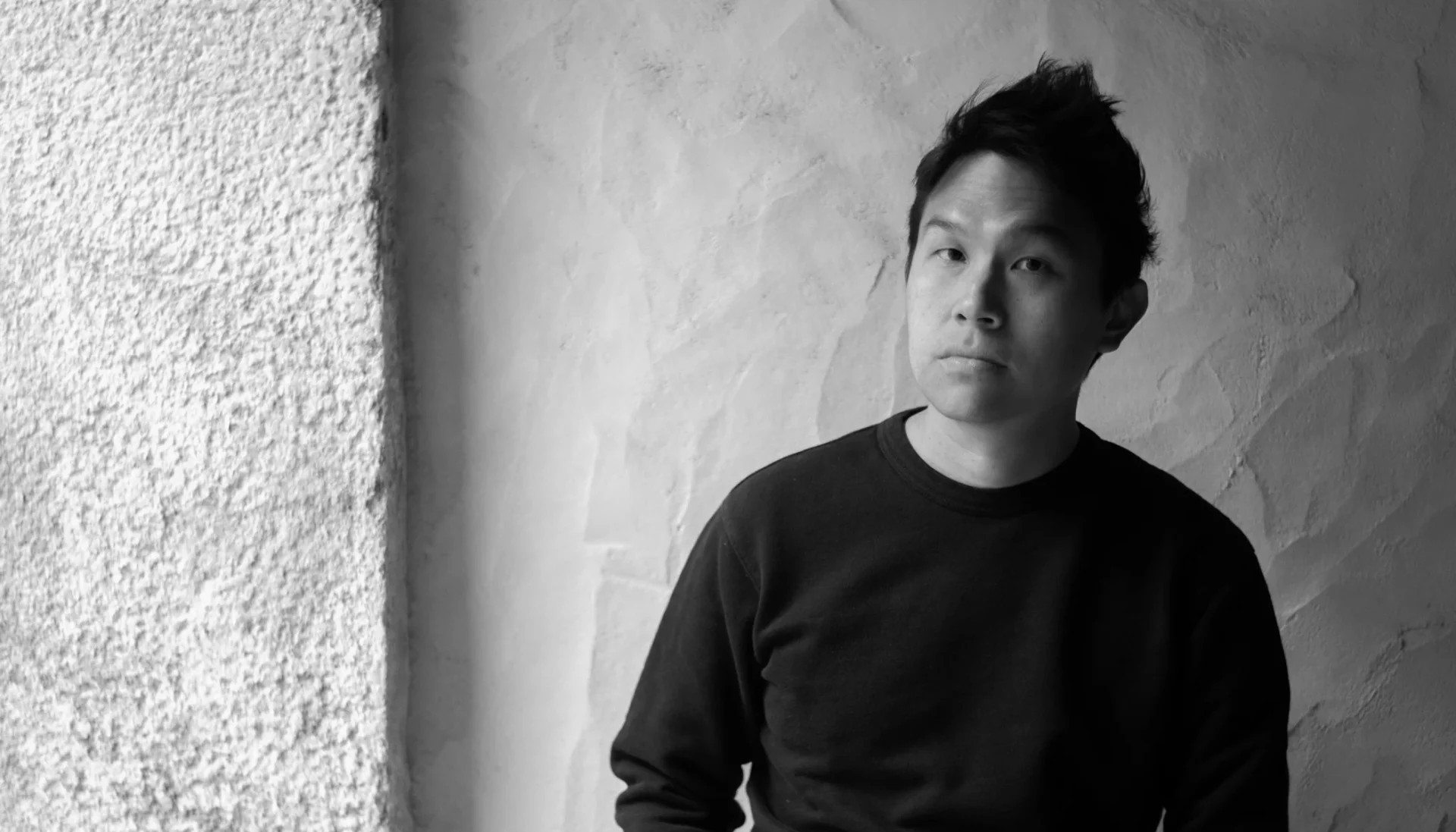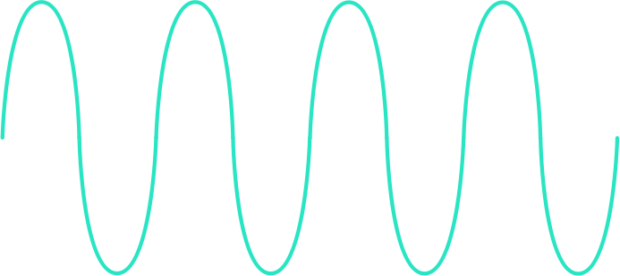“We’re in a real hot pot at the moment,” says Ross McCormack.
The former dancer from Les Ballets C de la B and rising New Zealand choreographer gets real about starting his own company, staying original in the age of social media, and his new work for the Festival.
You spent a decade dancing with acclaimed Belgian troupe, Les Ballets C de la B, before starting your own company, Muscle Mouth. What was it like to make that shift?
Les Ballets C de La B is 30 years old, they are massive. Working with them, there’s a fantasy in there. You can get caught thinking that’s the way it works: you make a work, it takes off and travels around the world. The truth is, it’s not. You realise you can’t even self-fund your own season and get 50 people along, no matter who you are. It’s a very humbling experience to leave a company that scale and build your own little thing. It’s also what it’s all about. There’s something incredibly beautiful about it.
What’s your approach to choreography?
I spent a lot of time in two companies. Australian Dance Theatre was very focused on a virtuosic expression of high-end perfection, while Les Ballets’s approach is very guttural and emotionally driven. When I was in ADT, I wanted more connection to the world, but when I was with Les Ballets for such a long time, I didn’t want to get trapped with everything dictated off pure human emotion. I’ve held onto aspects of both approaches, while finding a middle ground somehow.
You’ve been in Singapore this February to kickoff a new creation for the Festival. Tell us more about it.
It’s called Area² and it’s inspired by two artists, David Altmed and Samuel Beckett. For Altmed, the works I’m drawn to are these large Perspex cases; they look like a monolith and inside them is incredible amount of detail. I find this kind of precision and detail really fascinating. Beckett looks at space in a really expansive way. He has very simple props in his theatre pieces. Area² is a collision of those two things. There’s a central prop that will just sit there. It will be enough to hold on to what the world is, and the dancers will bring this incredible detail and precision.
How have you gone about developing the piece?
I don’t create any of the movement. It all comes from the dancers (from T.H.E. Dance Company). I task them. We spent the first two days constantly looking at things on YouTube. We watched octopuses having sex, through to cars being built, mechanics of huge factory lines, and kaleidoscopic details.
How have the dancers responded?
This work suits them in the sense that I’m really interested in detail. This precision that I talk about, they’re really good at that. In this piece, the dancers not going for an emotional state. It’s a very collective kind of work. It’s very robotic. It’s like they’re building and testing, breaking each other down.
Any personal observations you’ve made on the dancers?
I’ve worked with Billy once before and I’ve seen a real growth in him. Poh Hian has an incredible kind of presence, and it’s about working out how she can understand that. Anthea’s incredibly dynamic and very fast. Someone like Brandon influenced the work with something quite robotic and maybe even shifted the work in that direction. Because of his face, eyes and his skin, he interprets it in such a way that he looked like an android. So it’s just not about what the dancers can do physically but how they are as people.
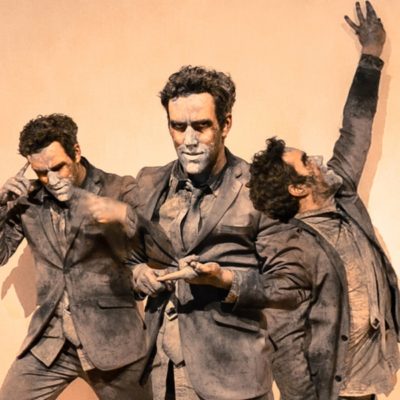
What’s next in putting the show together?
There’s definitely another part to it. For now, we’ve just done movement. There hasn’t been a focus on the set or the world of the work. That would be the next thing. I love making the movement which I’ve done for the last two weeks. But what I really love to do, is to set it all in the environment. In my mind, I see it very clearly how it would be framed. The sound designer, Jason (Wright), is also so extraordinarily good at building a sonic world, that the prop, the lights and his sound, will have people sink into the world.
What trends in contemporary dance have you seen recently?
People are making really intensive efforts to investigate movement and also investigate the world. There’s a lot of more of this happening compared to the late ‘90s, or early 2000’s, when movement was really physical and minimalistic. Movement was an abstract thing. People are now framing the world, with an incredible body of movement.
Do you think social media opens up opportunities for choreographers?
It opens more opportunities but it also weakens originality. People get stuck artistically and then they go to what they can visually see. Next thing you know, their work has whole passages in it that aren’t reflective of what they would have done if they didn’t have something visual to reference. I’ve never seen more movement connected throughout the whole world. Some people will say, ‘that’s a great thing Ross, because people are sharing.‘ I don’t think it is, because it dampens originality. Alain (Platell, Artistic Director of Les Ballets C de la B) said he was glad he never had something like this to get in the way of being blocked. Because coming out of a block artistically is where you grow.
What about competition from other digital media?
We’re in the era of streaming TV. I don’t think there’s ever been a time when there’s so much competition for live theatre. It needs to dig deeper and work harder than it ever has before. People are making work to try to attract the audience back and it can be cheesy. People are purely concentrating on what the audience wants, and we can’t go too far down that path; then you start making stuff that you don’t want. We’re in a real hot pot at the moment.
Triumphs and Other Alternatives – short excerpt from Muscle Mouth on Vimeo.
How does Singapore’s contemporary dance scene compare to New Zealand?
It’s brave, it’s young and very similar to New Zealand. Without a doubt, Singapore’s still finding it’s place and still trying a lot of things. In that trying, some things are experimental. That’s a very new world and super interesting.
What’s next for you, Ross?
I’m going to be acting in a play for the National Auckland Theatre Company. It’s a piece called Amadeus and I play Mozart. The director saw me in one of my works, Triumphs and Other Alternatives. The character in there is a mastermind of his own workshop. He’s obsessed with detail and immersed in his own world of perfection. The director wants Amadeus to be very embodied and physical, so he asked me to audition, which is very brave of him, but I see what he wants.
Ross will be featured in Borderline by T.H.E. Dance Company and Muscle Mouth. Check out the show here.
This article is in collaboration with M1 CONTACT Contemporary Dance Festival.
Written by Adeline Loh.
==
Stay updated and social with Popspoken: Facebook | Twitter | Instagram
